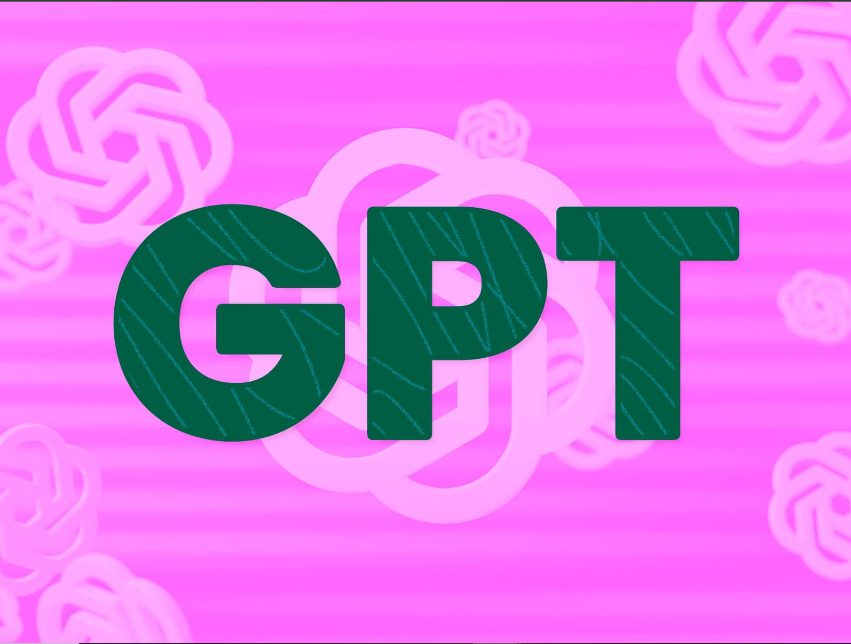Introduction:
In artificial intelligence’s rapidly evolving landscape, the acronym GPT has become a buzzword. But what exactly does it stand for, and how does it impact our digital world? This article will explore the fascinating world of Generative Pre-trained Transformers (GPT) exploring their origins capabilities and impact.
What Is GPT?
GPT stands for Generative Pre-trained Transformer. Let’s break down the acronym:
- Generative: GPT models are generative AI technologies that produce content such as text and imagery.
- Pre-trained: These models are already trained using large datasets to solve specific tasks.
- Transformer: The underlying architecture of GPT models inspired by Google’s groundbreaking “Attention is All You Need” paper.
Impact of GPT on Job Markets:
The impact of Generative Pre-trained Transformers (GPT) on job markets is significant. According to recent research, approximately 80% of the U.S. workforce could have at least 10% of their work tasks affected by the introduction of GPTs. Around 19% of workers may see at least 50% of their functions impacted. This influence spans all wage levels, with higher-income jobs potentially facing greater exposure. As technology evolves, novel roles and career opportunities emerge emphasizing creative strategic and empathetic skills that uniquely define human capabilities. So, while some jobs may become redundant due to automation others will evolve and flourish in this new landscape.
The Evolution of GPT Models:
- GPT-1: The pioneering version following Google’s transformer model.
- GPT-2: An open-source unsupervised model trained on over 1.5 billion parameters.
- GPT-3: The third iteration, known for its impressive natural language understanding and generation capabilities.
- GPT-4: The latest entry, pushing the boundaries of AI language models.
Stats and Impact:
GPT-3 boasts a staggering 175 billion parameters enabling it to perform tasks like chatbot interactions content generation and more. Applications range from virtual assistants to creative writing, making GPT a game-changer in NLP. Generative Pre-trained Transformers (GPT) models while powerful do have some limitations. Let’s explore them:
Data Availability and Quality:
GPT models require vast and diverse data sets for practical training.
- Data quality matters; biases in the training data can affect model accuracy.
- Real-world example: A financial services company using GPT models for loan predictions may encounter inaccuracies if the data is biased toward a specific demographic.
Computational Resources:
Training GPT models demand high computational power. Deploying models on edge devices with limited resources can be challenging. A small retail company that uses GPT models for product recommendations may need help due to resource constraints.
Lack of Contextual Understanding:
GPT models need more proper understanding and rely on training data patterns. Contextual nuances may be missed leading to suboptimal responses.
Susceptibility to “Hallucinations”:
GPT models can generate plausible-sounding but incorrect information. These “hallucinations” occur due to overfitting or lack of context. While GPT models are remarkable, understanding their limitations is crucial for responsible and effective use!
FAQs About GPT
What are the critical features of GPT models?
GPT models excel at language prediction summarization and content generation.
How do GPT models handle context?
They use self-attention mechanisms to understand context and generate coherent responses.
Is GPT-4 significantly better than GPT-3?
While GPT-4 improves performance, the leap is less dramatic than that of GPT-2 and GPT-3.
Can GPT models be fine-tuned for specific tasks?
Yes, fine-tuning allows customization for specialized applications.
What ethical concerns surround GPT models?
Bias, misinformation, and misuse remain critical challenges.
Conclusion:
In a world where AI shapes our interactions, understanding what GPT stands for is essential. As we marvel at the progress from GPT-1 to GPT-4, we must also grapple with the responsibilities of wielding such powerful tools. So, dear reader, what does the future hold for GPT?



